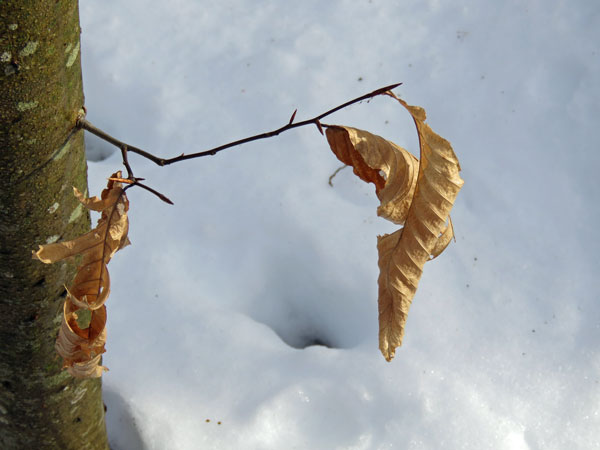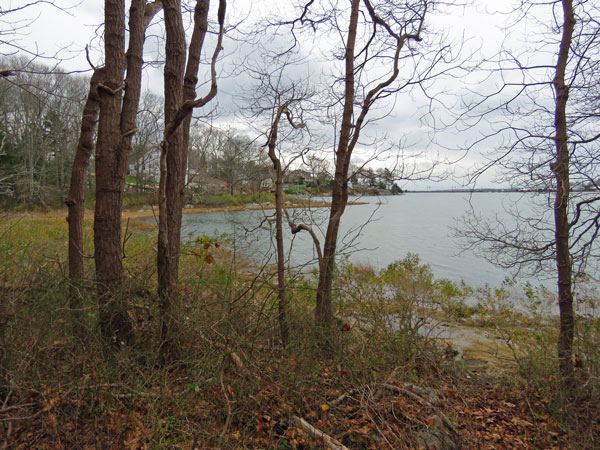
Ledyard, Connecticut
We took this walk along the banks of the Thames River a couple of weeks ago. Immediately we were confronted with dead, half-eaten fish littering the path. It was pretty creepy and we wondered what on earth was going on. We had to watch our steps!

Later, after asking around, we learned that this phenomenon has been spotted by others taking walks in other natural areas near the river. We tried to ignore the gruesome scene underfoot and enjoy what else the trail had to offer…


From within or from behind, a light shines through us upon things and makes us aware that we are nothing, but the light is all.
~ Ralph Waldo Emerson
(The Selected Works of Ralph Waldo Emerson)


We found a cemetery at the foot of a hillside of jumbled glacial erratics. We noticed a couple of stones for local Revolutionary War soldiers.





In the past month, DEEP Fisheries Division staff have received and investigated numerous calls of reported sightings of dead fish along the Connecticut shoreline, from Darien to New London, and numerous points in between. These incidents, known as fish kills, involve a species of fish called Atlantic Menhaden, also known as “bunker.” Menhaden are the most abundant marine fish species on the east coast, and fish kills involving them are not uncommon. Menhaden fish kills can occur for a variety of reasons, most often due to natural or environmental factors such as school-induced hypoxia (lack of oxygen) or cold water temperature. While DEEP continues to investigate these events, staff believe the cause of the fish kills observed over the past month have been due to more Menhaden overwintering in the Sound this year, possibly due to a missed migration cue, leading them to succumb to the cold water temperatures and a lack of nourishment.
~ The Fisherman website, December 14, 2020







Recently I found a website with pictures of old postcards of huge glacial erratics, many from New England. When the pandemic is over, and if health permits, we might try to visit a few of these! Boulders of the United States

































































































































